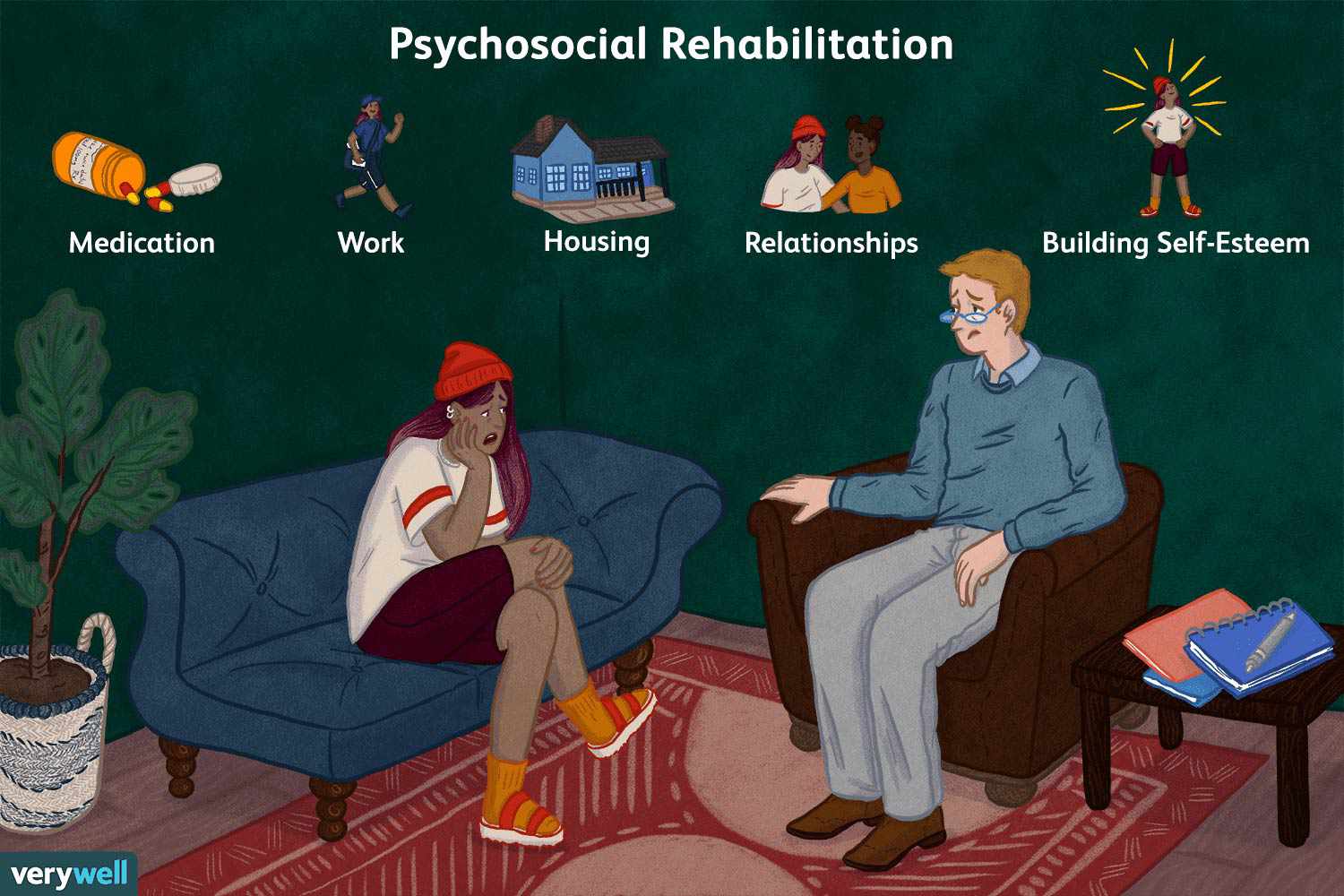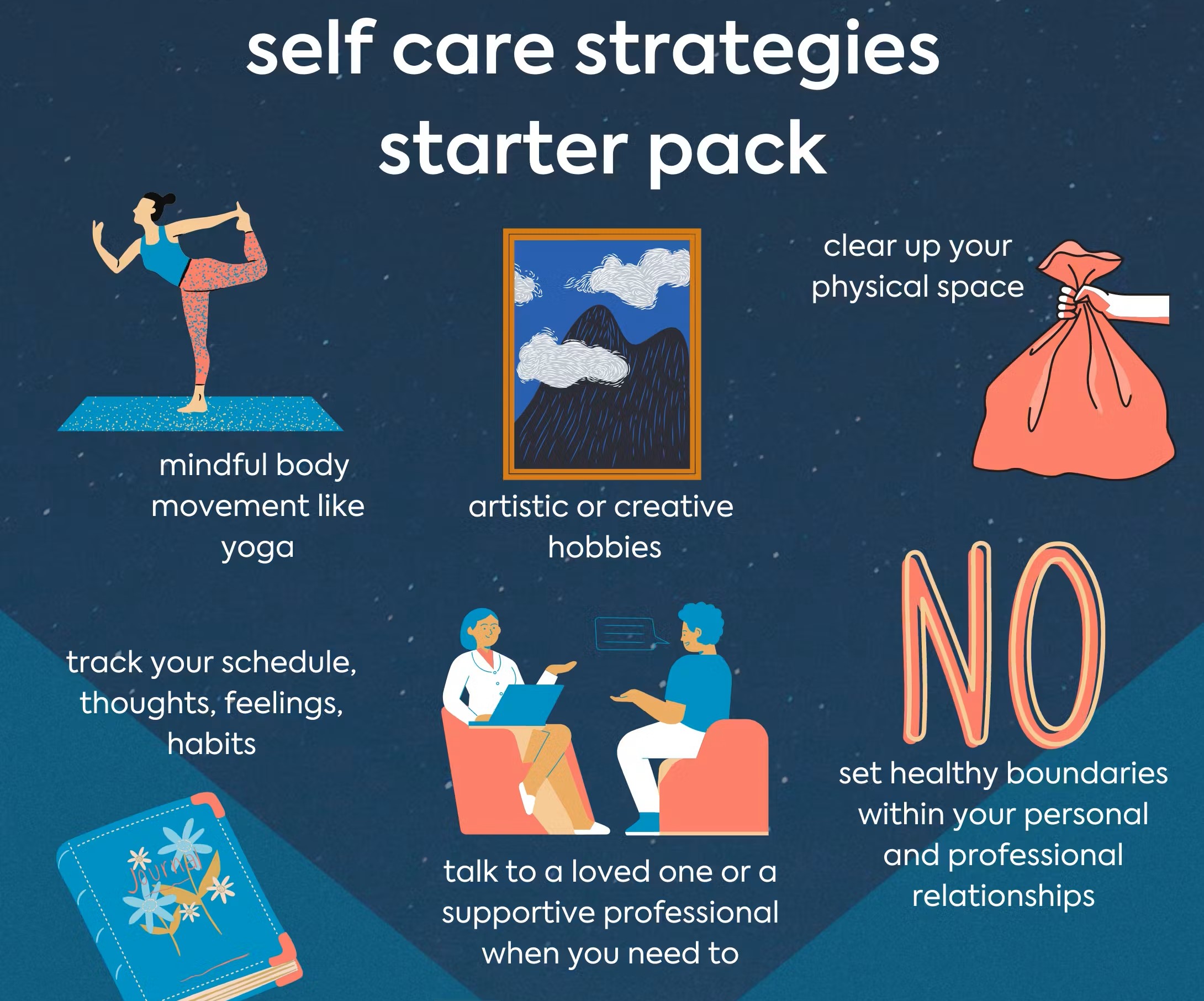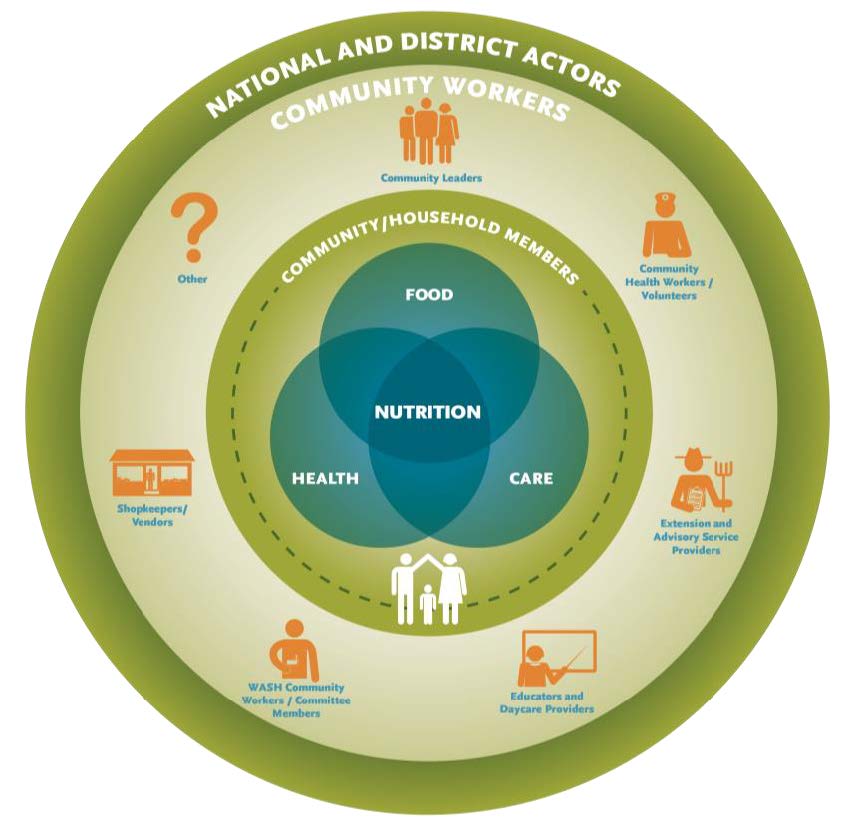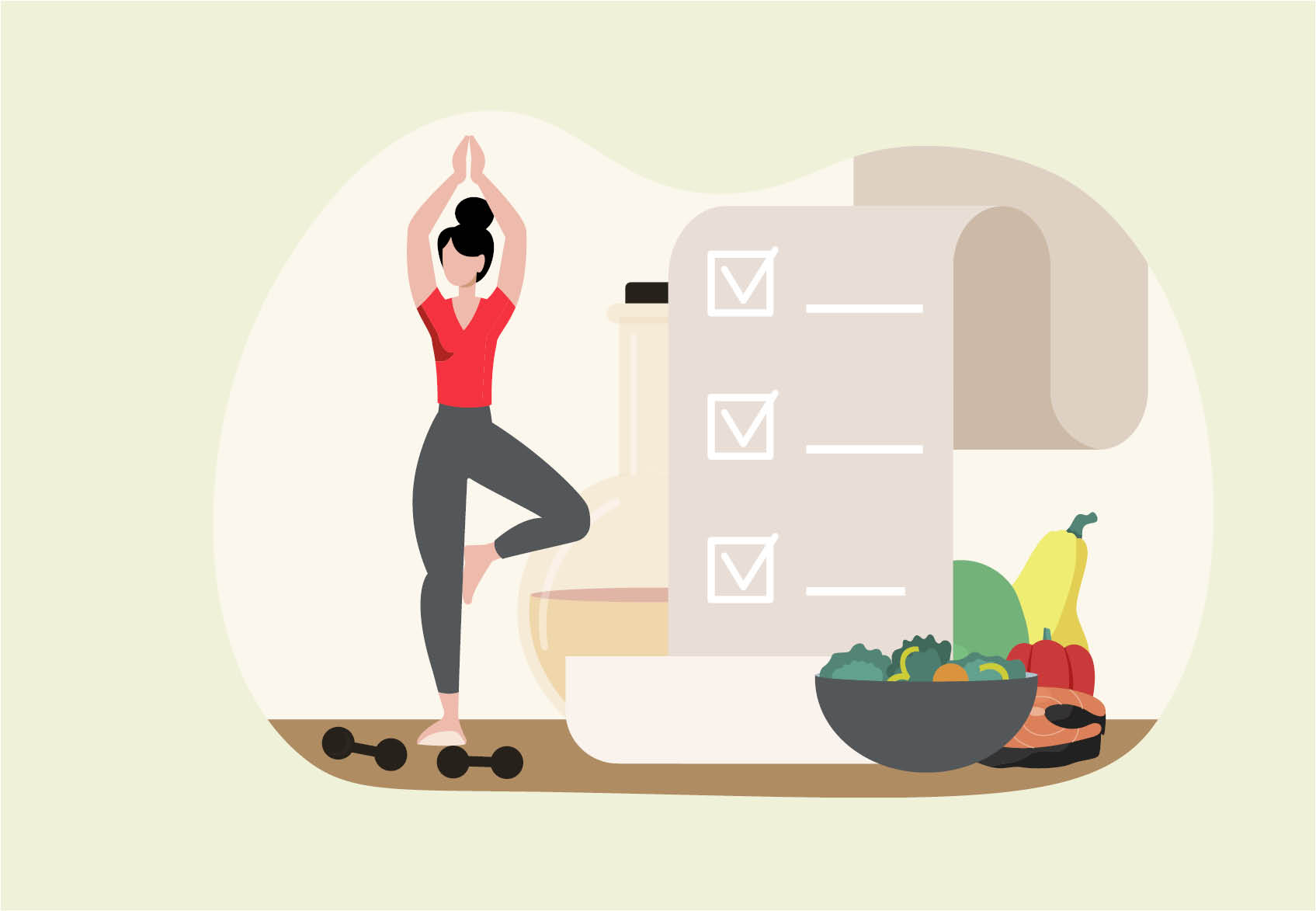Health and rehabilitation strategies, In today’s fast-paced and demanding world, prioritizing our health and well-being has become more crucial than ever before. Health and rehabilitation play vital roles in improving our overall well-being and enabling us to lead fulfilling lives. By implementing effective strategies, we can empower ourselves to overcome challenges, recover from injuries or illnesses, and maintain optimal physical, mental, and emotional health. This blog aims to explore the significance of health and rehabilitation strategies and provide insights into various key areas that contribute to our well-being. We will delve into the interconnection between health and rehabilitation, discuss the benefits of physical exercise and a balanced diet, and highlight strategies to enhance mental and emotional well-being.
Understanding Health and Rehabilitation
A. Defining Health and Rehabilitation:
To begin our exploration, it’s essential to understand the concepts of health and rehabilitation. Health encompasses more than just the absence of illness; it is a holistic state of well-being that encompasses physical, mental, and social dimensions. It involves maintaining a balance between these dimensions to achieve optimal functionality and quality of life.
B. The Interconnection between Health and Rehabilitation:
Health and rehabilitation are closely intertwined. Poor health can often lead to the need for rehabilitation, as illnesses, injuries, or disabilities can significantly impact an individual’s physical and mental well-being. Rehabilitation, in turn, plays a crucial role in improving health outcomes by addressing the specific needs of individuals and facilitating their recovery, promoting independence, and enhancing overall well-being.
Promoting Physical Health
A. Incorporating Regular Exercise:
Regular exercise is a cornerstone of maintaining physical health and well-being. It offers numerous benefits, including improved cardiovascular health, increased strength and flexibility, enhanced mood, and reduced risk of chronic conditions such as heart disease and obesity. Engaging in various forms of exercise, such as cardiovascular workouts, strength training, and flexibility exercises, can cater to different fitness levels and preferences.
B. Nurturing a Balanced Diet:
Proper nutrition is essential for maintaining good health and supporting the body’s functions. A balanced diet provides the necessary nutrients, vitamins, and minerals required for optimal bodily functions, energy production, and overall well-being. It involves consuming a variety of whole foods, including fruits, vegetables, lean proteins, whole grains, and healthy fats.
Enhancing Mental and Emotional Well-being
A. Stress Management Techniques:
Stress has become an inevitable part of our lives, and if left unaddressed, it can have detrimental effects on our health and well-being. Implementing effective stress management techniques is crucial for maintaining a healthy mind and body. Engaging in relaxation techniques such as deep breathing, meditation, and mindfulness can help reduce stress levels, improve focus, and promote a sense of calmness.
B. Emotional Support and Therapy:
Acknowledging the importance of emotional support and therapy is essential in promoting healing and well-being. Seeking emotional support from trusted friends, family members, or support groups can provide a valuable outlet for sharing emotions and experiences.
Rehabilitation Strategies for Different Conditions
Rehabilitation plays a crucial role in helping individuals recover from physical injuries and manage chronic conditions. By understanding the specific rehabilitation process for different conditions, we can explore strategies that promote healing, improve functionality, and enhance quality of life. In this section, we will delve into rehabilitation strategies for physical injuries and chronic illnesses, highlighting the importance of multidisciplinary approaches.
A. Rehabilitation for Physical Injuries
Physical injuries can significantly impact an individual’s mobility, strength, and overall well-being. Rehabilitation for these injuries aims to restore function, alleviate pain, and promote recovery. Let’s explore the rehabilitation process for common physical injuries and discuss the role of physiotherapy and occupational therapy in achieving optimal outcomes.
Exploring the Rehabilitation Process:
The rehabilitation process for physical injuries typically involves several stages. It begins with an evaluation of the injury and the development of a personalized treatment plan. This plan may include therapeutic exercises, manual therapy techniques, and modalities such as heat or cold therapy.
The Role of Physiotherapy and Occupational Therapy:
Physiotherapy plays a vital role in the rehabilitation of physical injuries. It involves exercises and techniques that target specific areas of the body to improve strength, flexibility, and mobility. Physiotherapists may also utilize modalities like ultrasound or electrical stimulation to aid in the healing process.
Tips for Managing Pain and Promoting Recovery:
Pain management is an essential aspect of rehabilitation for physical injuries. Applying hot or cold packs, practicing relaxation techniques, and taking prescribed medications can help manage pain. Additionally, following the prescribed rehabilitation exercises and attending therapy sessions consistently can promote recovery and prevent further complications.
B. Rehabilitation for Chronic Illnesses
Chronic illnesses require ongoing management and often impact an individual’s physical, cognitive, and emotional well-being. Rehabilitation strategies for chronic conditions focus on improving symptom management, enhancing functionality, and optimizing quality of life.
Importance of Rehabilitation for Chronic Conditions:
Rehabilitation plays a crucial role in managing chronic conditions by addressing the physical, emotional, and social aspects of the illness. It aims to improve functionality, reduce disability, and enhance overall well-being. Rehabilitation can help individuals cope with symptoms, adapt to lifestyle changes, and maintain a sense of control and independence.
Strategies to Manage Symptoms and Improve Quality of Life:
Rehabilitation for chronic illnesses involves a multidisciplinary approach, where healthcare professionals collaborate to develop individualized treatment plans. This may include physiotherapy, occupational therapy, speech therapy, psychological counseling, and nutrition guidance. Strategies may focus on pain management, fatigue reduction.
Integrating Assistive Technologies and Innovations
Assistive technologies and technological innovations have revolutionized the field of rehabilitation, offering new possibilities for individuals with disabilities or limitations. In this section, we will explore the diverse range of assistive technologies and discuss how technological advancements enhance rehabilitation outcomes.
A. Exploring Assistive Technologies
Assistive technologies are devices, equipment, or software designed to support individuals with disabilities in their daily activities. These technologies promote independence, functionality, and inclusion. Let’s delve into the various assistive technologies available and their applications:
Mobility Aids:
Assistive devices such as wheelchairs, walkers, and canes assist individuals with mobility impairments in moving around independently.
Communication Aids:
Augmentative and alternative communication devices enable individuals with speech or communication difficulties to express themselves effectively.
Prosthetics and Orthotics:
Prosthetic limbs and orthotic devices help individuals with limb loss or musculoskeletal conditions regain mobility and perform activities.
B. Embracing Technological Innovations in Rehabilitation
Technological innovations continue to transform the field of rehabilitation, opening up new possibilities for improved outcomes and enhanced experiences. Let’s explore some advancements and emerging trends:
Virtual Reality (VR) and Augmented Reality (AR):
VR and AR technologies create immersive environments that can simulate real-life situations for rehabilitation purposes. They are used in physical therapy, cognitive training, and pain management.
Robotics:
Robotic devices assist individuals with mobility impairments in regaining movement and strength. Exoskeletons and robotic prosthetics are examples of advanced robotics used in rehabilitation.
Telehealth and Remote Monitoring:
Telehealth platforms and remote monitoring technologies enable individuals to receive rehabilitation services and support from the comfort of their homes. This is especially beneficial for individuals with limited mobility or living in remote areas.
Conclusion:
Health and rehabilitation strategies are instrumental in improving overall well-being and promoting a fulfilling life. By understanding rehabilitation strategies for physical injuries and chronic conditions, individuals can actively participate in their recovery and management. Furthermore, integrating assistive technologies and embracing technological innovations in rehabilitation enhances independence, functionality, and quality of life. It is important to prioritize our health and well-being by adopting these strategies and seeking professional guidance when needed. more details




